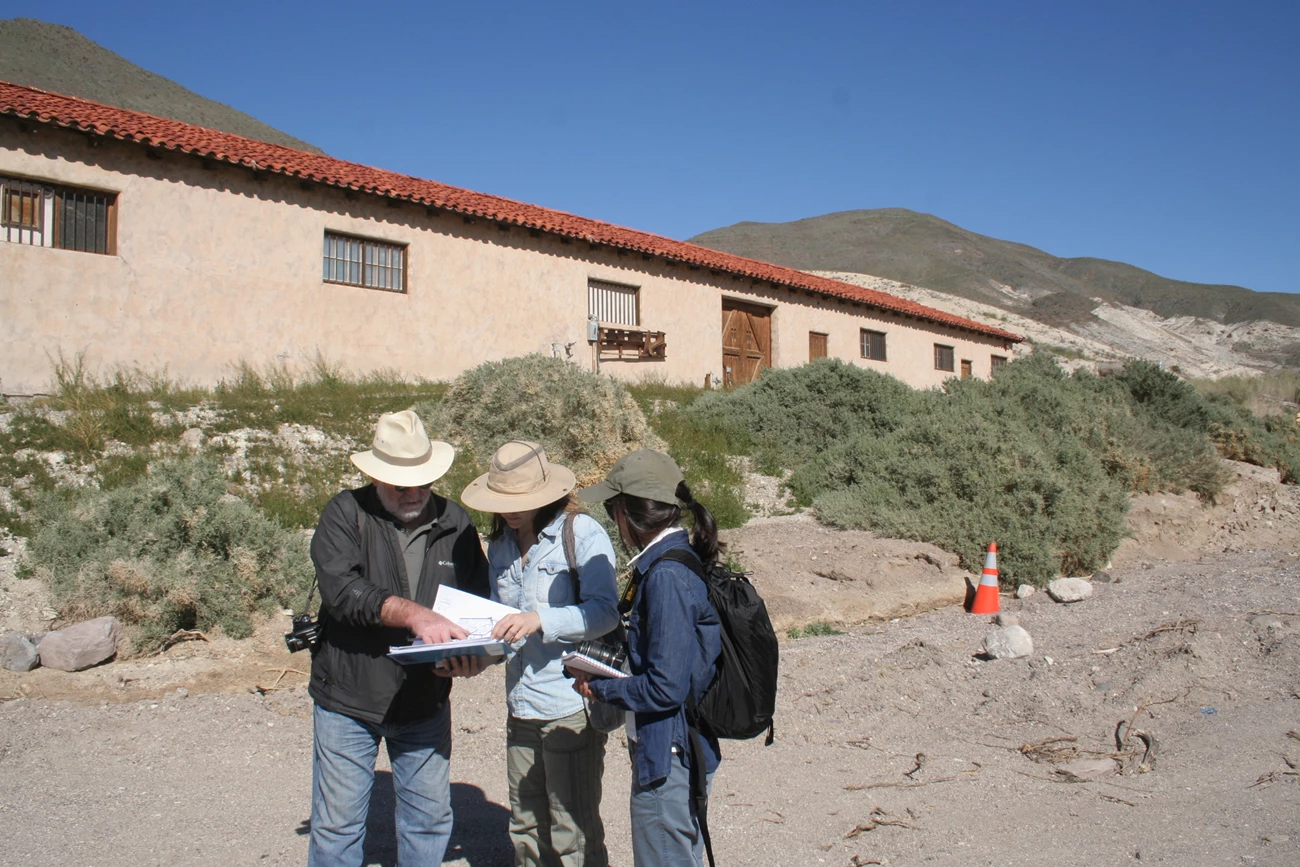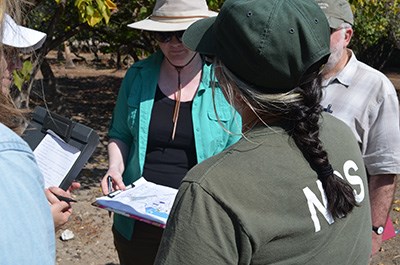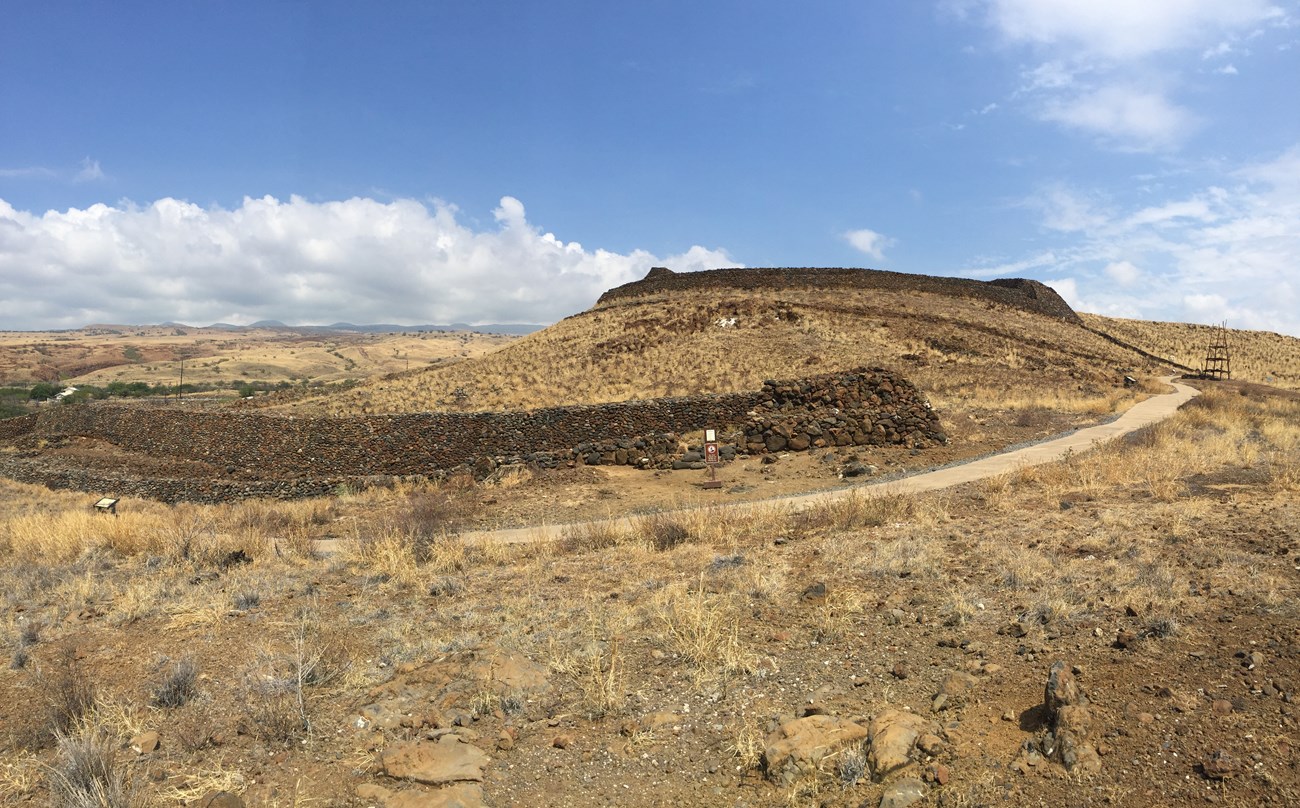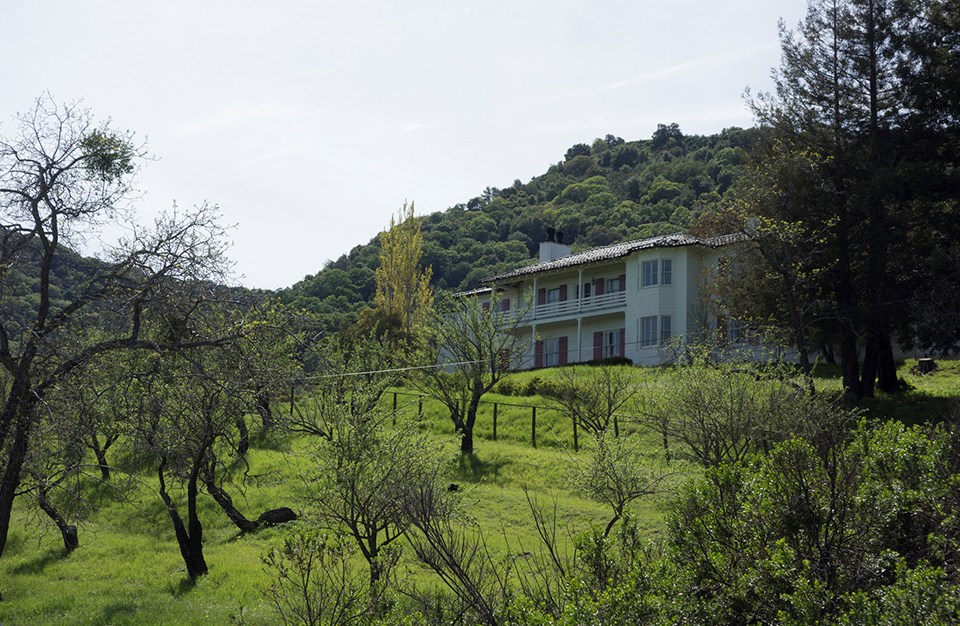Last updated: May 20, 2019
Article
Climate Change Impacts on Cultural Landscapes
A Study of Climate Change Impacts on Cultural Landscapes in the Pacific West Region
The Cultural Landscape Research Group (CLRG) within the College of Design at the University of Oregon, in collaboration with the National Park Service Pacific West Region Cultural Resources Program, has prepared a Study of Climate Change Impacts on Cultural Landscapes in the Pacific West Region of the National Park Service. The first phase of the study received an American Society of Landscape Architects professional research honor award in October 2017.

NPS Photo

NPS Photo
With their historical variability, cultural landscapes of the Pacific West Region will be affected differently by changes in temperature, precipitation, storm frequency, and, in some cases, sea level rise. This study aims to provide a systematic assessment of these changes, and serves as a case-study model for assessment the projected effects of climate change on cultural landscapes.
Included in this study are 164 cultural landscapes in 43 parks within the states of Arizona, California, Hawaii, Idaho, Nevada, Oregon, Washington, and the territory of Guam. Using both NPS and USGS climate data, the CLRG consolidated the historical and projected climate exposure of each of the 164 cultural landscapes. The team then assessed the current condition of six cultural landscapes through site visits, and analyzed the historical climate events and trends that have impacted the sites in the past.

NPS Photo
This analysis of the sensitivity of contributing landscape characteristics and features involved on-site workshops with NPS staff including archeologists, biologists, climate scientists, ecologists, fire technicians, historians, landscape architects, and orchardists, among others as a starting point. The team then reviewed historical climate data and projected climate data to understand the exposure of the site's resources to changes in temperature and precipitation. Finally, the team identified how sensitivty each contributing characteristic was to the expsoure.

NPS Photo
The framework that was developed through this collaborative project will be further refined in 2018 by NPS cultural resources staff in the Pacific West Region with tests of the final framework to follow.
- Phase I of the project can be downloaded from the NPS IRMA website: Study of Climate Change Impacts on Cultural Landscapes in the Pacific West Region.
- Phase II of the project can be downloaded from the NPS IRMA website: Study of Climate Change Impacts on Cultural Landscapes in the Pacific West Region, Phase II: Preliminary Vulnerability Assessments.
- See a photo album from the project at our Flickr.
